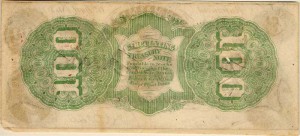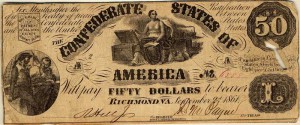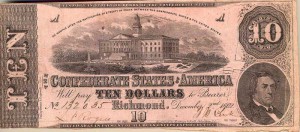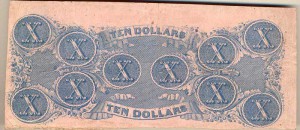In honor of Holocaust Remembrance Day, winning entries of the Saint Louis Holocaust Museum and Learning Center’s annual Art and Writing Competition will be displayed at Ellis Library on the University of Missouri campus April 2-30. Each year middle and high school students from across the Midwest are invited to submit entries related to lessons of the Holocaust, persecution, intolerance and injustice. The winning entries will be presented in display cases in the Ellis library colonnade on the main floor. For more information about the Saint Louis Holocaust Museum and Learning Center or how to enter next year’s competition, please visit www.hmlc.org.
In addition, survivor Guenther Goldsmith will visit the University of Missouri to share his experiences during the Holocaust. Mr. Goldsmith survived the war by taking the last Kindertransport out of Germany to the United States. The event will be held at Ellis library on Tuesday, April 17 at 2 p.m. and is sponsored by the University of Missouri Hillel, the MU Department of German and Russian Studies and the MU Libraries Diversity Action Committee. This program is open to the public.
Holocaust Remembrance Week Schedule
Tuesday, April 17, 2 p.m., Ellis Library
Holocaust survivor Guenter Goldsmith will be speaking about his experience in the Holocaust. There will be a Q&A and reception following his presentation.
Wednesday, April 18, 7 p.m., Hillel
Professor Béa Gallimore will be leading a discussion about modern genocide following a screening of “Sometimes in April,” a film about the 1994 Rwandan genocide.
Thursday, April 19, 7 p.m., Hillel
Cantorial soloist and composer Nancy Tunick will present “Songs for the Unsung,” a multimedia presentation about Christian rescuers of Jews during the Holocaust. A reception will follow her presentation.
Friday, April 20, 6 p.m., Hillel
Hillel will host a Holocaust remembrance Shabbat, followed by our weekly Shabbat dinner.






![History of the Westminster election : containing every material occurrence, from its commecement [sic.] on the first of April, to the final close of the poll, on the 17th of May - before](http://library.missouri.edu/adoptabook/images/b4647041/before1.jpg)
![History of the Westminster election : containing every material occurrence, from its commecement [sic.] on the first of April, to the final close of the poll, on the 17th of May - after](http://library.missouri.edu/adoptabook/images/b4647041/after1.jpg)







